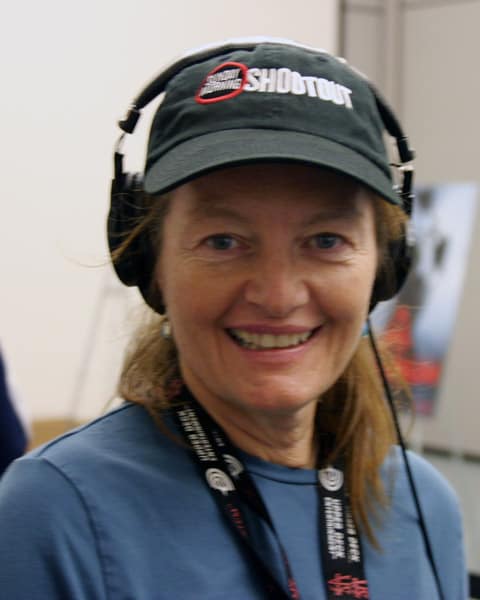Brigadier General Bob Cardenas
His Involvement in “The Invisible Ones: Homeless Combat Veterans” Documentary
We had the opportunity to meet Brigadier General Bob Cardenas in 2007. At the time we were producing our documentary “The Invisible Ones: Homeless Combat Veterans.” He was one of several good souls appearing in the show. And they spoke about the topic of homeless veterans.
Bob, at 89, was still very sharp. He remembered minute details about his flights from the past. He told us about his most memorable adventure as a “fly boy” during World War II. As command pilot on his 20th mission, his B-24 “Sack Artists” was shot down over Switzerland. Suffering a head injury, Cardenas landed on the shore of Lake Constance. Realizing he was on the German side, he immediately swam to the Swiss shore. He mentioned that Switzerland was nearly as dangerous for American soldiers as Germany. And that a woman he met helped sneak him into France. Shortly thereafter, he was flown to England.
After the War
After the war ended, Bob continued to serve in the Air Force. His prowess as a commander got him designated as Principal Project Pilot for the YB-49 “Flying Wing” test program. He was to fly evaluation tests and make a report as to whether this aircraft should be built en masse. He said that he wanted to see how she handled when he put her into a controlled spin. As soon as he tried it, the wing started tumbling backwards. Here is how Bob explained it to Joe Godfrey, a writer who profiled Bob on AVweb (an Independent Aviation News Resource) in 2001:
“The G forces put my rear end in the air, my feet off the rudders, and my hands in the air. There was no seat ejection. So you got out the same way you climbed in, through a door in the belly. Instead of putting the throttles by your knees – where they belong – the designers put them in the ceiling – like a PBY. My hands were locked in the air, and I was able to reach over and apply full throttle to the four engines on the left side, and that broke the tumble. It put me into an inverted spin, which I knew how to get out of. I recovered about 800 feet above the ground. And then I wrote a one-page report saying that the airplane should be placarded against any voluntary stalls.”
Flying Wing
While on a road trip with his new bride, Gladys, to meet his parents, Bob heard on the radio that the Wing had crashed, killing five men. He was livid that his report had been disregarded. He was ordered to continue testing the Wing as the Air Force did not want to shelf the project.
On February 9, 1949, Cardenas set a new transcontinental record when he flew the YB-49 nonstop from Muroc to Andrews AFB in four hours and five minutes. President Truman happened to be on the tarmac that day, and stuck his head in the cockpit where Bob was. The President turned to Bob’s boss and said, “General, it looks pretty good to me. I think I’m going to buy me some of these.” However, Bob was thinking it was not a good idea at all. But he kept his mouth shut about it. Then the President added, “I want this whippersnapper to fly this thing over the White House.” Bob thought, “Yeah, like that’s ever going to happen!”
The Whippersnapper Clinches It
And sure enough it did. As Bob put it, “The boss told me, ‘Bob, go fly this thing down Pennsylvania Avenue and don’t hit anything!’ Pennsylvania Avenue was lined with tall radio towers that were hidden by trees. And the White House was also hidden by trees. I slowed it to about 350 miles an hour and flew a low pass down Pennsylvania Avenue with a careful lookout for towers. Next thing I knew, I looked up and the Capitol Dome was straight ahead and I had to pull up to miss it.” Bob pointed to a photograph in his office with a photo of the Wing over the White House signed by President Truman.
Soon enough, however, the Air Force canceled their contract with Northrop to produce 30 Flying Wings. And then they ordered all those on the assembly line to be scrapped.
Even after Bob ended his career as a pilot, he was still active in working on veterans’ issues. His pet project was to secure a new satellite burial site near Miramar to bury our vets, as the Fort Rosecrans Cemetery neared full capacity.
A Quiet San Carlosian
Bob and his lovely wife, Gladys, were our neighbors here in San Carlos, a San Diego neighborhood. Consequently, sometimes on a Saturday, we would see Bob and his family enjoying breakfast at a local eatery. He had a rapier wit and kind, humble demeanor. RIP Bob, as you spread your spirit wings and fly.


